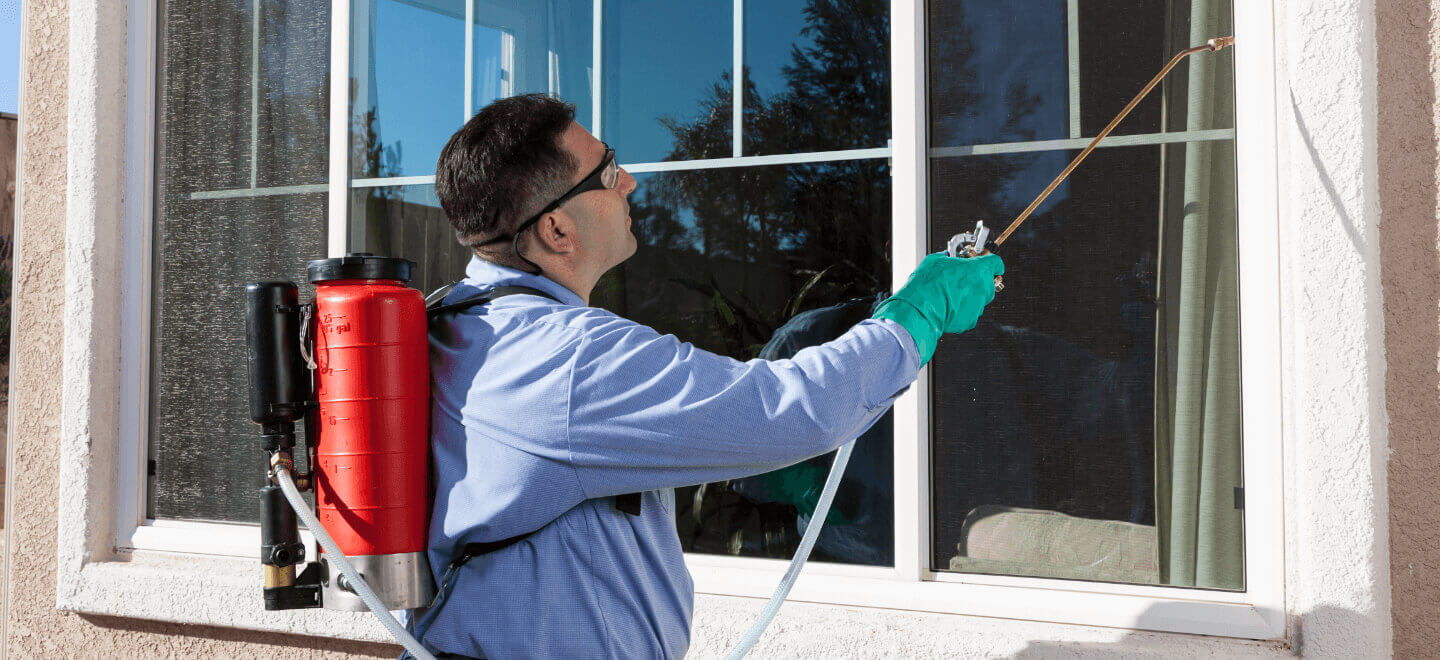Bed Pest Therapy Malfunction: Comparing Chemical Vs. Non-Chemical Solutions
In the realm of pest control, especially when managing the persistent concern of bed pests, the option in between chemical and non-chemical treatment remedies can be an essential one. Both approaches offer unique benefits and drawbacks, affecting variables such as performance, security factors to consider, and overall cost. By analyzing the nuanced details of each method, a clearer understanding of which path to pursue in addressing a bed pest problem can be acquired.
Performance of Chemical Therapies
Chemical treatments for bed insect problems have been commonly identified for their fast and powerful effectiveness in eradicating these bugs. When taking into consideration the efficiency of chemical therapies, it is important to comprehend that they can offer a detailed and fast remedy to a bed insect problem.
In addition, chemical treatments have the benefit of using residual results, indicating that they can continue to remove bed bugs even after the first application. This residual action is particularly valuable in combating any type of prospective re-infestations. In addition, the rapid activity of chemical treatments can bring alleviation to people dealing with extreme bed bug invasions, permitting them to restore control of their living rooms rapidly.
Security Worry About Chemical Solutions
When making use of chemical services for bed insect treatment is ensuring the safety and security of occupants and the setting,One essential facet that calls for mindful consideration. While chemical treatments can be effective in removing bed insects, they may position threats otherwise dealt with appropriately. Among the main security interest in chemical remedies is the potential harm they can create to human health and wellness. Exposure to particular chemicals used in bed insect treatments can cause respiratory concerns, skin irritability, or other damaging reactions, specifically in individuals with pre-existing conditions or sensitivities. In addition, inappropriate application or dosage of chemical pesticides can cause hazardous deposits remaining in the treated location, presenting long-lasting health threats to passengers.
Additionally, the ecological effect of chemical solutions is another significant factor to consider. Some chemicals made use of in bed insect treatments might be dangerous to beneficial bugs, wildlife, and ecosystems if they seep into the soil or water supply. It is necessary to use chemical therapies judiciously, following safety guidelines, and thinking about much less toxic options to alleviate these risks and guarantee the effective and risk-free administration of bed pest problems.
Advantages of Non-Chemical Approaches
Considering the potential security worries and ecological influence connected with chemical services for bed bug therapy, checking out non-chemical methods presents an encouraging choice with a number of unique advantages. Non-chemical therapies are ecologically pleasant, as they do not add to air or water contamination, making them a sustainable option for bug control.
Furthermore, non-chemical remedies can be reliable in targeting bed pests, including hard-to-reach locations where chemical treatments might not penetrate. Methods such as warm therapy, vacuuming, click now heavy steam cleaning, and bed mattress encasements supply complete eradication without making use of dangerous chemicals. Moreover, non-chemical techniques can be much less disruptive, requiring marginal preparation and permitting for quicker reentry into dealt with areas. Generally, selecting non-chemical bed insect treatment techniques not just prioritizes safety and environmental defense but also guarantees efficient and comprehensive parasite control.
Limitations of Non-Chemical Treatments

Furthermore, non-chemical therapies frequently call for multiple applications to accomplish effective removal. This can be taxing and may not always guarantee total removal of all bed insects and their eggs, particularly in covert or hard-to-reach areas.
Moreover, the success of non-chemical treatments greatly depends on correct execution and thoroughness, which can be challenging for people without specialist proficiency. Insufficient application of non-chemical approaches may cause incomplete elimination, bring about consistent invasions and the demand for extra therapies.
Consequently, while non-chemical treatments have their advantages, it is important to recognize these restrictions and consider them when identifying the most effective technique for managing bed bug invasions.
Price Contrast: Chemical Vs. Non-Chemical Options
Offered the restrictions linked with non-chemical treatments, an essential facet to assess in the context of bed pest management is the expense contrast in between chemical and non-chemical choices. In contrast, non-chemical treatments like warm treatment or heavy steam can be much more expensive, with prices ranging from like this $1,000 to $6,000 for an entire home. While the first cost of chemical treatments might appear lower, several therapies might be needed to totally eliminate the infestation, possibly enhancing the overall price.
Conclusion

Thinking about the prospective security worries and environmental impact associated with chemical services for bed bug treatment, checking out non-chemical methods provides an encouraging alternative with a number of unique advantages.Given the restrictions linked with non-chemical treatments, an essential facet to examine in the context of bed bug administration is the price comparison in between chemical and non-chemical options. In contrast, non-chemical therapies like heat therapy or steam can be much more pricey, with prices varying from $1,000 to $6,000 for a whole home. While the initial cost of chemical therapies might appear reduced, multiple therapies might be called for to totally eradicate the infestation, potentially enhancing the total expense.In verdict, when contrasting chemical and non-chemical bed pest therapy options, it is vital to think about efficiency, safety and security, advantages, limitations, and cost.